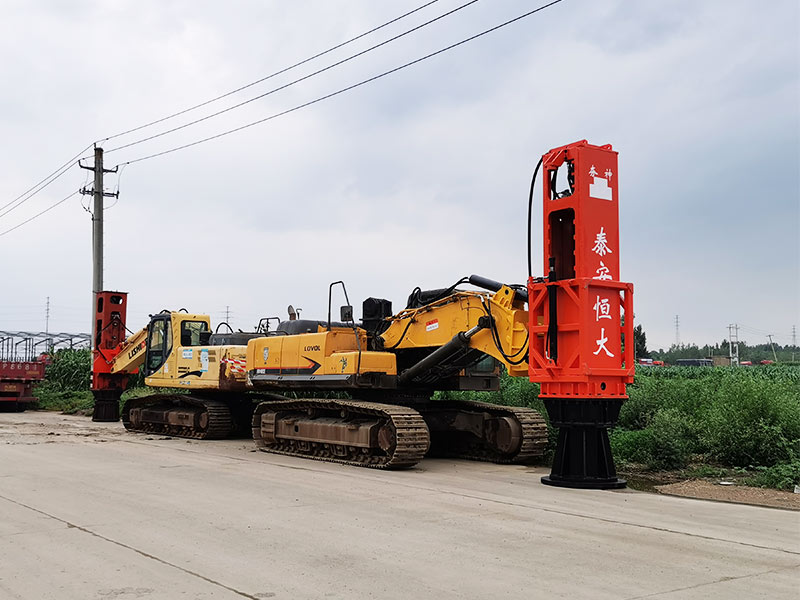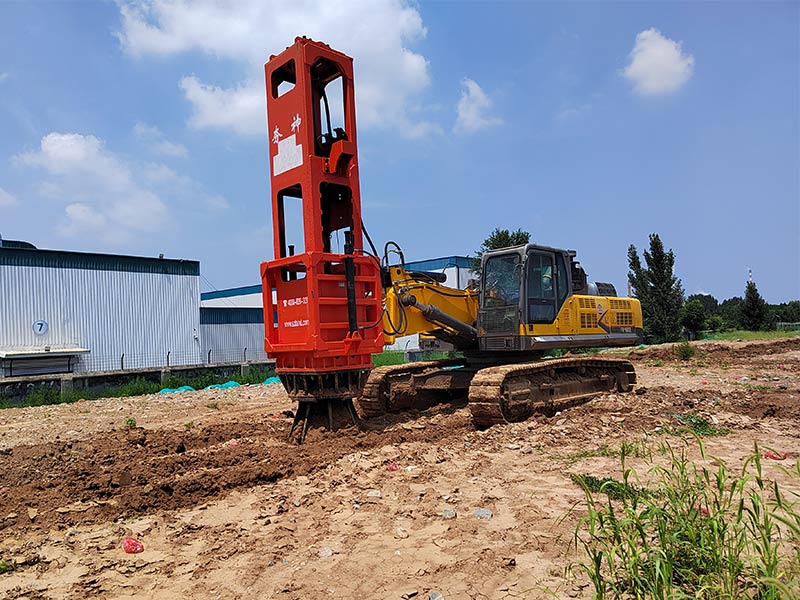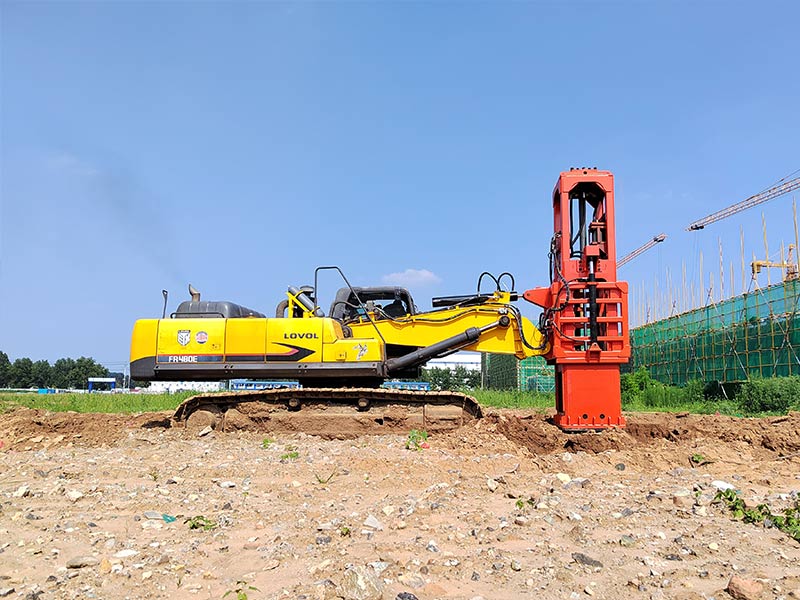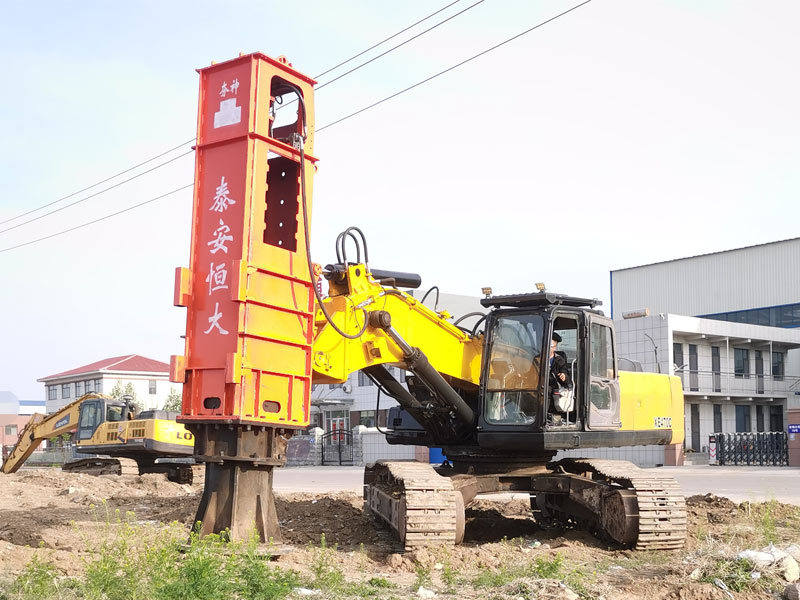In the process of highway subgrade construction in China, when filling the back of the bridge culvert, the filling work is usually carried out after the structural construction is completed, so it is necessary to pay attention to not damaging the structure during the construction process, and it is also necessary to apply sufficient compaction to the subgrade. However, due to the relatively narrow construction area on the back of the bridge culvert, the use of large tamping machines can easily affect the nearby subgrade structure. If small compaction equipment is used, subgrade compaction is difficult to meet the standard, so the overall construction is very difficult. HC Rapid Impact Compaction can solve this problem very well. The Rapid Impact Compaction raises the compaction hammer to a certain height through the hydraulic cylinder, and then releases it quickly, accelerates the descent under the joint action of gravity and hydraulic accumulator, the compaction hammer is static pressure cushion on the ground, the vertical impact force is transmitted to the compactor plate, and the ground is vigorously compacted through the compaction plate. The Rapid Impact Compaction is mounted on the moving arm of a normal loader and can also take advantage of the flexibility on the back of the compactor.
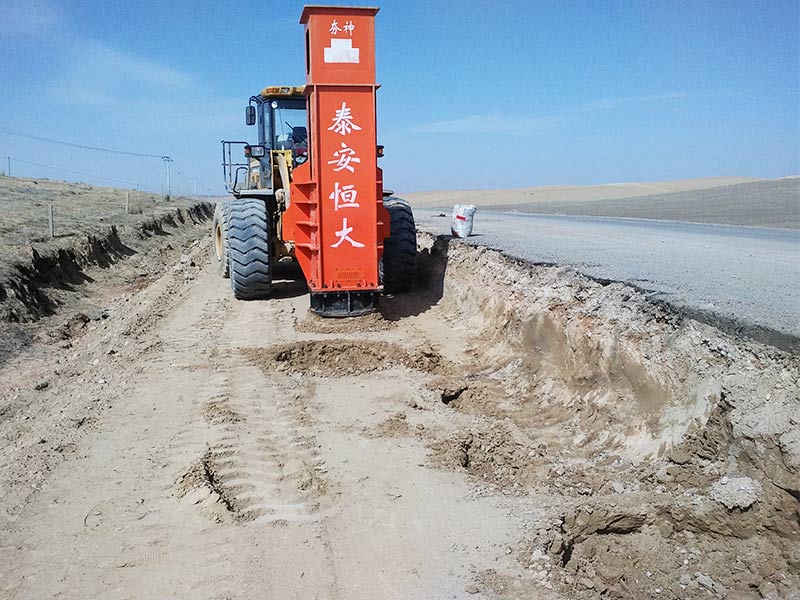
There is a lack of permeable filler along the Jiangxi Expressway. The back of the bridge culvert is filled with non-permeable filler. Since the vibratory roller cannot effectively compact the roadbed near the back of the table, the quality of the roadbed cannot meet the standard, so the high-speed hydraulic compactor is selected for construction to make the road surface quality reach the standard. According to the characteristics of Jiangxi Expressway, the practical application of Rapid Impact Compaction was experimentally studied.

First, before filling the subgrade, the construction site needs to be sorted out, the debris within the foundation area needs to be cleaned, and then the foundation is leveled and compacted by appropriate mechanical equipment to ensure that the compaction exceeds 85%. The basic bearing capacity of the base is then tested to test whether the bearing capacity at each location meets the 200kpa required by the standard. If the standard is not met, the compaction needs to be continued until the load carrying capacity requirements are met. Second, select qualified fillers to ensure that the fillers used in the test are the same as those used in on-site construction to control the test results and ensure their accuracy. Third, the length of the back of the abutment needs to be strictly controlled, and it should be at least three to four times the height of the platform to meet the test requirements. Fourth, in the process of reclamation construction, the use of a roller with a specification of more than 20t, should be in the abutment centered radius of more than 1m within the range of layered filling, the construction process should pay attention to avoid compaction thickness of more than 20cm, because the thickness of the Rapid Impact Compaction is not conducive to compaction thickness.
Finally, after the filled foundation meets the test requirements, it can be reinforced with a tamping machine and tested accordingly during operation.
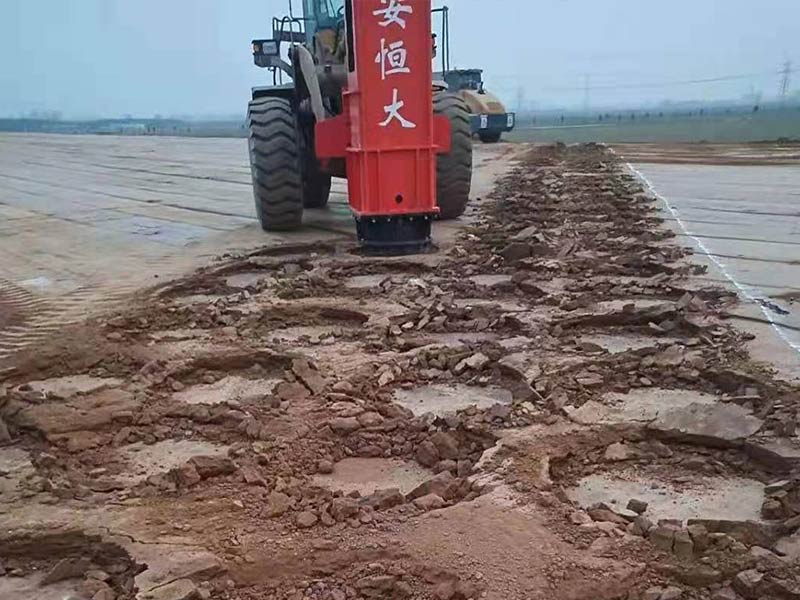
Due to the excessive compaction force of the Rapid Impact Compaction, the construction personnel need to determine its safe construction distance in advance to ensure the construction safety near the subgrade bridge and culvert and that the road is not affected. Its safe construction distance refers to the length from the midpoint of compaction construction to the back of the table. According to the results of the existing back compaction test, the safety distance is 70cm. The radius of the compaction hammer of the Rapid Impact Compaction reaches 60cm, that is, the minimum length between the compaction hammer and the back of the table is 10cm. The compaction hammer point is set to plum blossom pile, the distance between the hammer cores reaches 200cm, and the margin of each construction point is 100cm.







